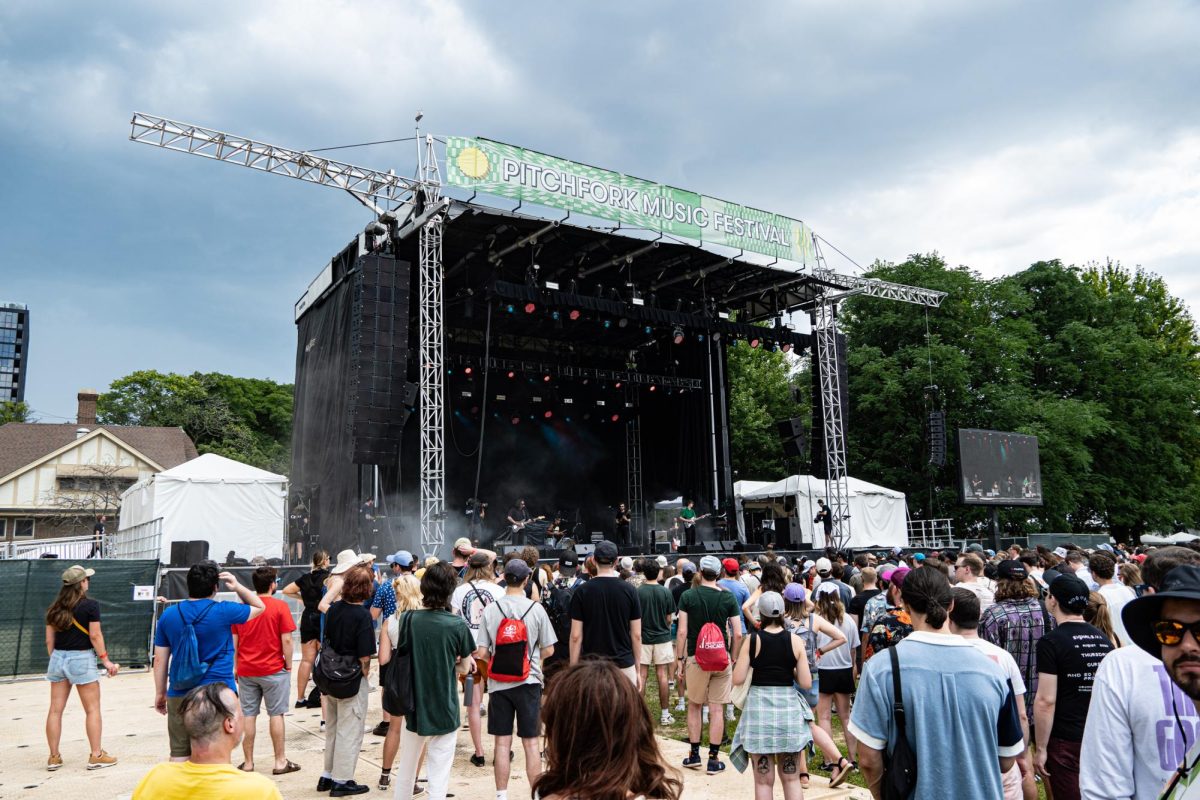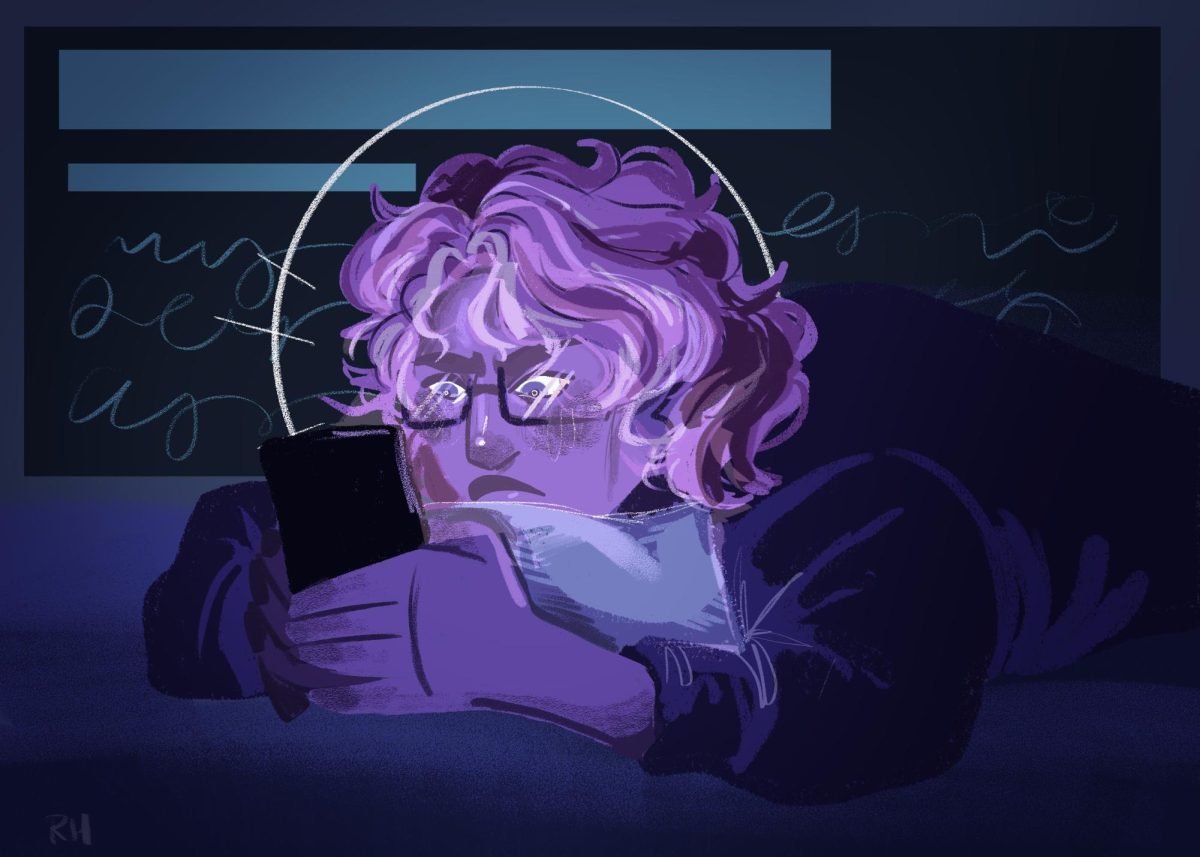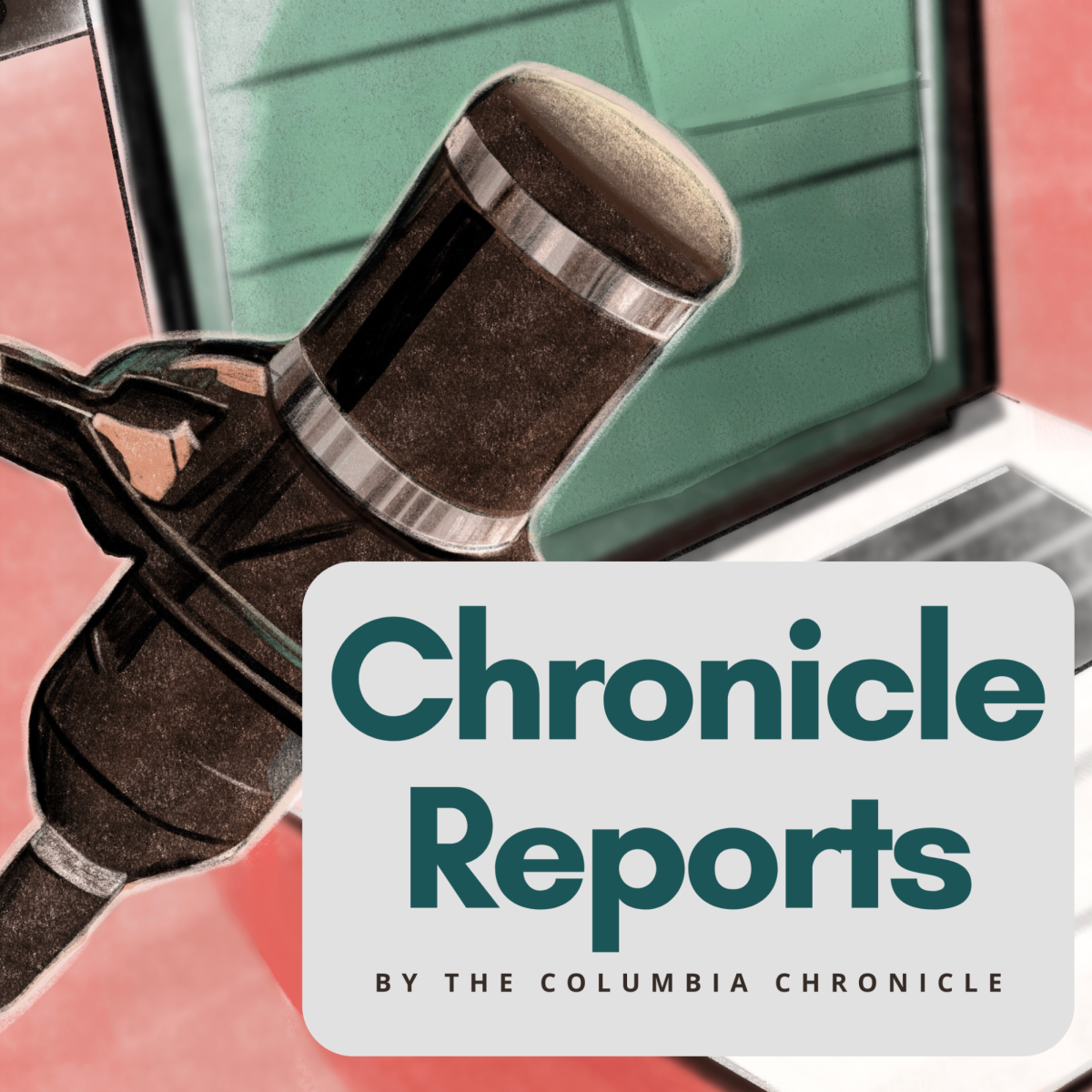The college’s spring enrollment saw a 12% decrease from 6,529 in the Fall 2023 semester to 5,757 in Spring 2024. It would be easy to blame the loss entirely on the strike, but, in fact, Columbia has been struggling for several years to keep students from leaving after the fall semester.
The college has averaged enrollment losses of 11% for the past five spring semesters.
The bigger issue is what is going to happen in Fall 2024. The college expects 1,000 fewer students, which would be a significant enrollment decline if Columbia drops below 5,000 students. In 2014, the college had 9,442 students.
The strike may well be a contributing factor. President and CEO Kwang-Wu Kim has talked repeatedly in recent weeks about the “reputational damage” from the strike, particularly in the Chicago area and in the state. Applications are down, which is what worries the admissions office.
But even before the strike, the college was losing students, particularly students of color. In Spring 2023, 67% of first-year students who did not return after the fall were students of color. That’s on top of losses among faculty of color. Representation is one way Columbia can keep students of color, though the current hiring freeze certainly is not going to help.
The data, released by the college’s enrollment manager last week, does show some bright spots:
- Spring retention didn’t dip dramatically, considering the historic seven-wee strike in the fall.
- 86.9% of first-time full-time students registered for classes in Spring 2024 compared to 84.4% for spring 2023
- Fall-to-spring retention for all undergraduates from Fall 2023 to now was 84.4% versus 85.5% last year indicating that the institution struggled to maintain students who were further along in their studies.
From a student perspective, we know the way to keep students at Columbia is to listen to them. Student voices and experiences are the driving forces of persistence and retention.
We urge the college to hold more town halls where students can express their concerns and issues, host more events that target student mental health and include students in discussions about cuts.
The day before Kim announced he was stepping down, he met with the Student Government Association. He has offered to meet more regularly with students, and we have urged him in this space to follow through. We also have called on other campus leaders, including department chairs to meet with students.
The co-chairs of the Cinema and Television Arts Department, the largest at Columbia, did that on Wednesday, Feb. 21. Only three students showed up, according to a Chronicle reporter who was there. It was a disappointing turnout, but we hope it doesn’t stop other chairs from following their lead. When given the opportunity to speak up, students need to be more proactive. For change to occur, voices of those who are affected need to take the leap and participate in the discussions for the security of their academic future.

















